Build & test your AAOS stack faster
Our platform lets you feed real or simulated vehicle data into any AAOS stack and VHAL - virtual, on target hardware or emulator - so you can develop, test, and validate smarter. No extra rigs, no waiting for access.
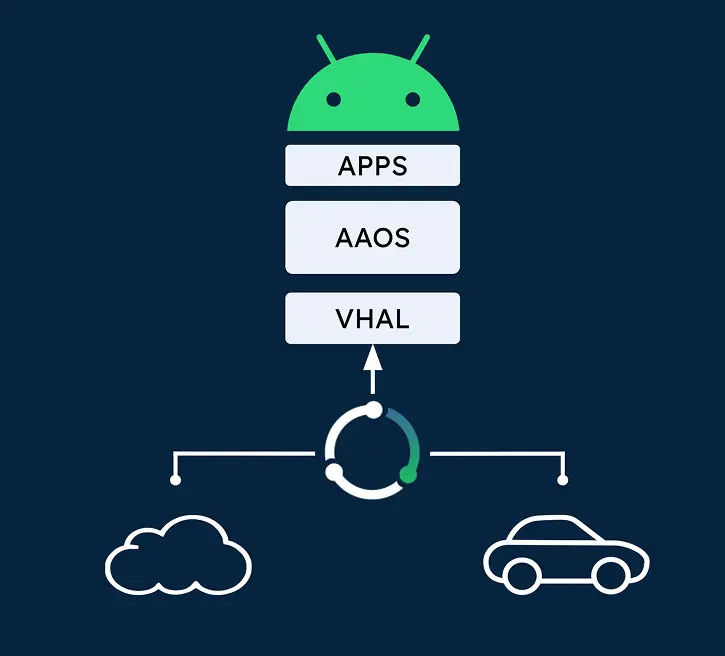
Get your app on the road right away: Feed recorded signal data from RemotiveCloud and switch from virtual to live signals in vehicle/on rig within minutes.
How to accelerate your AAOS, VHAL & system integration workflows
Simplify app development, VHAL testing, and system integration with real vehicle data. Our platform eliminates hardware dependencies, feeds live or recorded vehicle data into the AAOS/AOSP stack, and makes data available for cloud-based collaboration. Get a clear view of your full signal flow and collaborate seamlessly with internal teams or external partners for debugging and development.
- AAOS App development – no hardware needed Build and test your app using real vehicle data, no car or rig required. Use sample drive cycles or upload your own in RemotiveCloud.
- Easy VHAL development Feed data into your emulator or hardware to validate Location, Sensor, and Property inputs. Simulate a fully connected vehicle environment and move smoothly from debug builds to production.
- Faster system integration Record and replay signal flows to reproduce bugs and cut debugging time. Collaborate across teams in RemotiveCloud for efficient troubleshooting.
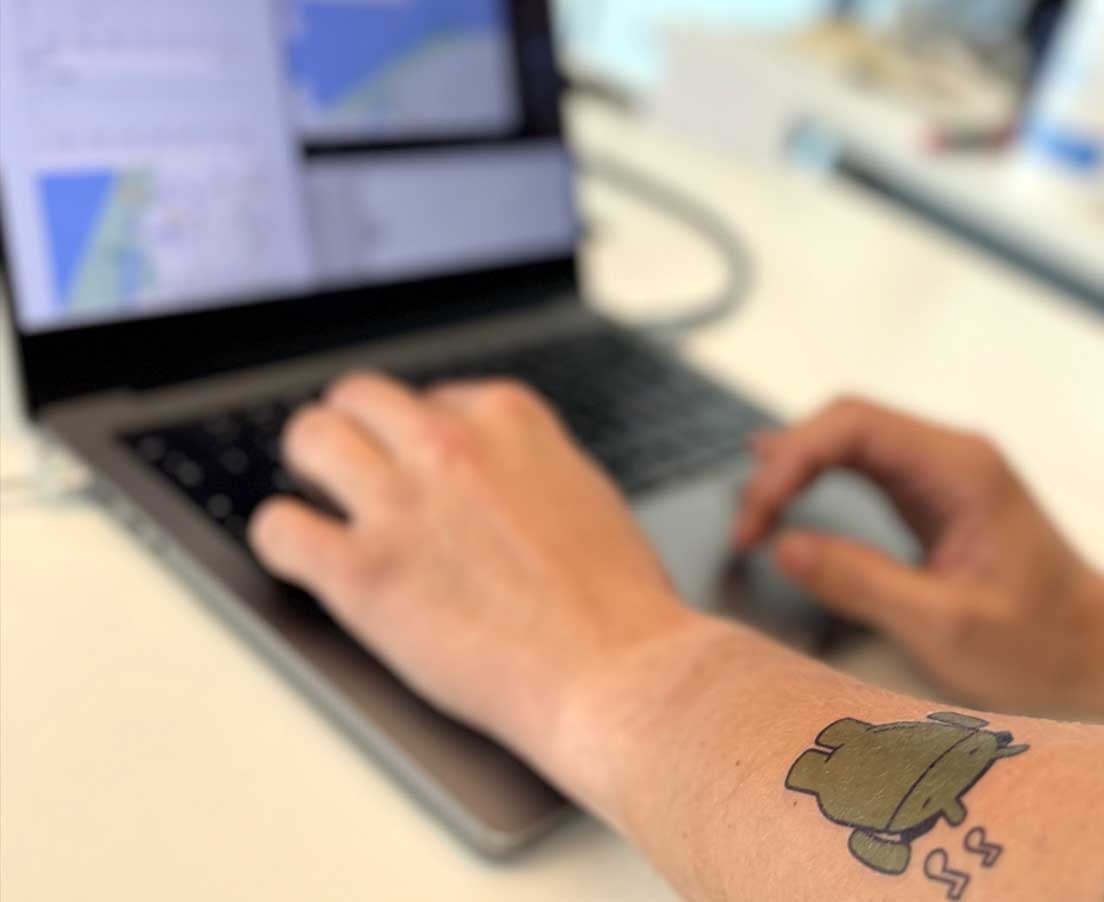
A virtual but realistic testing environment with authentic vehicle data - yes it exists!
Feed Cuttlefish with real vehicle data
Use RemotiveLabs with Cuttlefish, Google’s virutalized Android device environment, to test your AAOS stack with real driving scenarios, without any hardware. Perfect for rapid prototyping, debugging, or CI integration.
- Connect RemotiveCloud to Cuttlefish using our open-source bridge
- Stream real or simulated VHAL data into the virtualized AAOS environment
- Run Cuttlefish in a topology with virtual ECUs, hardware ECUs, or a mix
- Test virtually early in the cycle instead of being blocked by vehicle access
async def test_update_hvac_left_temperature(broker_client: BrokerClient, adb_device: AdbDevice):
# Click the decrease temperature button on the left side of the UI
adb_device.shell("input tap 280 750")
# Wait until updated signal is received on CAN bus
sub = await broker_client.subscribe(("HVAC-BodyCan0", ["HVACControl.LeftTemperature"]))
await await_at_most(seconds=5).until(
partial(take_values, sub),
equal_to({"HVACControl.LeftTemperature": 16.5}),
)Feed your AAOS stack
Quickly inject vehicle signals into your AAOS emulator or hardware stack - using the same setup for both recorded and live data. RemotiveLabs supports Vehicle Properties, GNSS (Android Location), and sensor signals, enabling seamless testing across development stages.
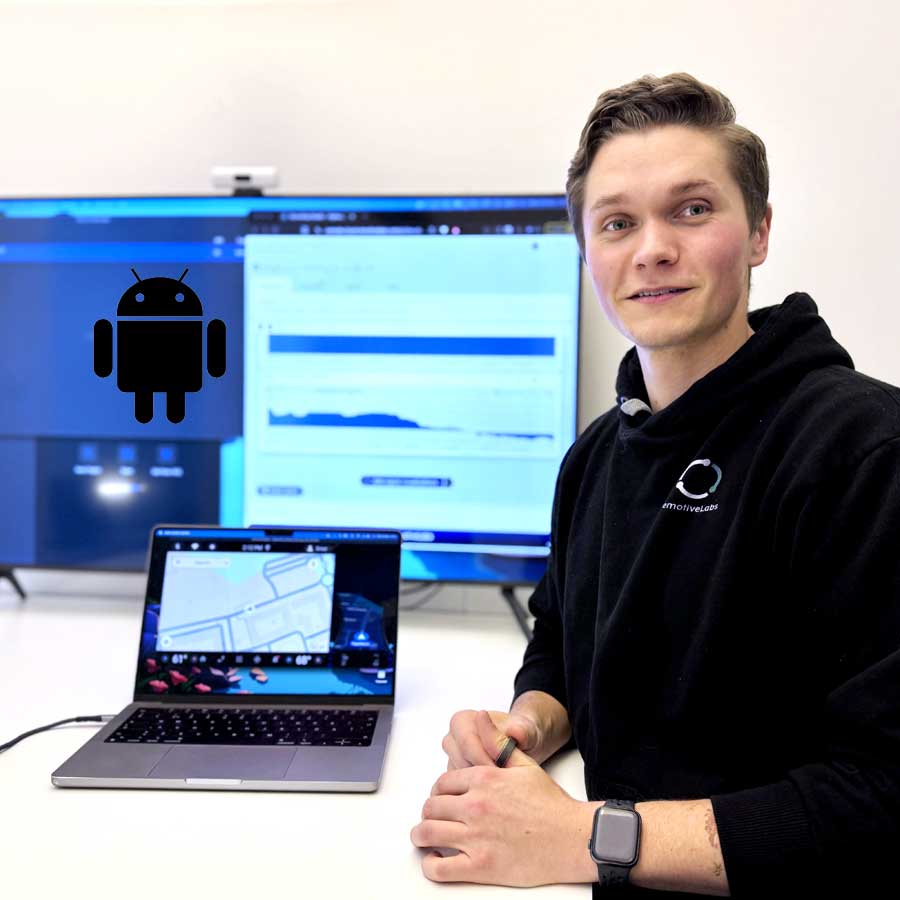
Get started in minutes with our free RemotiveCloud Starter plan, or switch to live data by simply updating a URL. Want to see how it works in practice? Our blog post on feeding your AAOS emulator walks you through real-world signal injection, playback tuning, and how to overcome emulator limitations using drive cycles.
Simplified testing on target hardware
Run your AAOS build on actual hardware—like a Pixel device or an in-vehicle system—and feed it with real vehicle data.
- Use RemotiveCloud to stream recorded drive cycles into your target device for fast, repeatable testing.
- Use RemotiveBroker to connect directly to a live vehicle and transform real-time signals into Android-compatible inputs (GNSS, sensors, vehicle properties).
Set up and build AAOS for Pixel 4a
Get started right away with an example to stream on/offline data from RemotiveCloudAndroid AAOS for Pixel 4a.
Dogfooding - AAOS running in a Model Y
Navigating with the Android Automotive emulator running in a Tesla Model Y. The RemotiveBroker transforms vehicle signals in realtime to GNSS/sensor/vehicle properties.
VHAL properties from any source
Make the source data fit into your AAOS integration with a simple transformation. The example snippet below emits the standard VHAL property INFO_EV_BATTERY_CAPACITY by converting the Tesla Model Y signals BMS_nominalFullPackEnergy and BMS_nominalEnergyRemaining in real time.
local local_signals = {{
name = "ID352BMS_energyStatus.BMS_nominalFullPackEnergy",
namespace = "VehicleBus"
}, {
name = "ID352BMS_energyStatus.BMS_nominalEnergyRemaining",
namespace = "VehicleBus"
}}
local local_frequecy_hz = 0
-- Required, declare which input is needed to operate this program.
function input_signals()
return local_signals
end
-- Provided parameters are used for populating metadata when listing signals.
function output_signals()
return "INFO_EV_BATTERY_CAPACITY"
end
-- Required, declare what frequence you like to get "timer" invoked. 0 means no calls to "timer".
function timer_frequency_hz()
return local_frequecy_hz
end
-- Invoked with the frequecy returned by "timer_frequency_hz".
-- @param system_timestamp_us: system time stamp
function timer(system_timestamp_us)
return return_value_or_bytes("your value")
end
-- Invoked when ANY signal declared in "local_signals" arrive
-- @param signals_timestamp_us: signal time stamp
-- @param system_timestamp_us
-- @param signals: array of signals containing all or a subset of signals declared in "local_signals". Make sure to nil check before use.
function signals(signals, namespace, signals_timestamp_us, system_timestamp_us)
return return_value_or_bytes(signals["ID352BMS_energyStatus.BMS_nominalFullPackEnergy"])
end
-- helper return function, make sure to use return_value_or_bytes or return_nothing.
function return_value_or_bytes(value_or_bytes)
return value_or_bytes
end
-- helper return function, make sure to use return_value_or_bytes or return_nothing.
function return_nothing()
return
endGet started
View our example integrations to understand how you can stream seamless data flow into AAOS, both in emulators and on target hardware.
- Vehicle Properties – Work with real AAOS vehicle properties.
- Location data/GNSS – Consume global navigational data through the Android Location API.
- Sensor Data – Enrich your applications with Android-powered sensor data.
Pricing
It will only take you minutes to get started and use the recorded data available in our free [url_intern=/pricing]RemotiveCloud Starter plan[/url], transform it to the desired format and feed it into your application.
to get started
Switch to live vehicle data with just a URL change and see your app in action inside your vehicle. Start now with a free 30-day trial of RemotiveBroker. Get your license →
Top use cases - Android Automotive development & testing
Leading teams are using RemotiveLabs to streamline AAOS development, accelerate prototyping, and bring connected services to life. Whether you're building platform foundations or end-user experiences, real vehicle data makes it faster to test, validate, and deliver.
Volvo Cars uses RemotiveLabs tooling and COVESA’s VSS to power app development and debugging with real drive cycles on both emulators and in-vehicle setups. RemotiveLabs supports developers working on personalization and digital in-car experiences with seamless testing without hardware access.

P3 uses RemotiveLabs to power faster development and debugging of their Android Automotive-based SPARQ OS. By feeding real or recorded vehicle signals into their stack—both on emulator and hardware—they accelerate innovation without waiting for hardware access.

Simulate real driving conditions and user behavior in your AAOS infotainment stack to detect issues early and boost software reliability. RemotiveLabs makes it easy to feed real or recorded vehicle signals directly into your system under test.
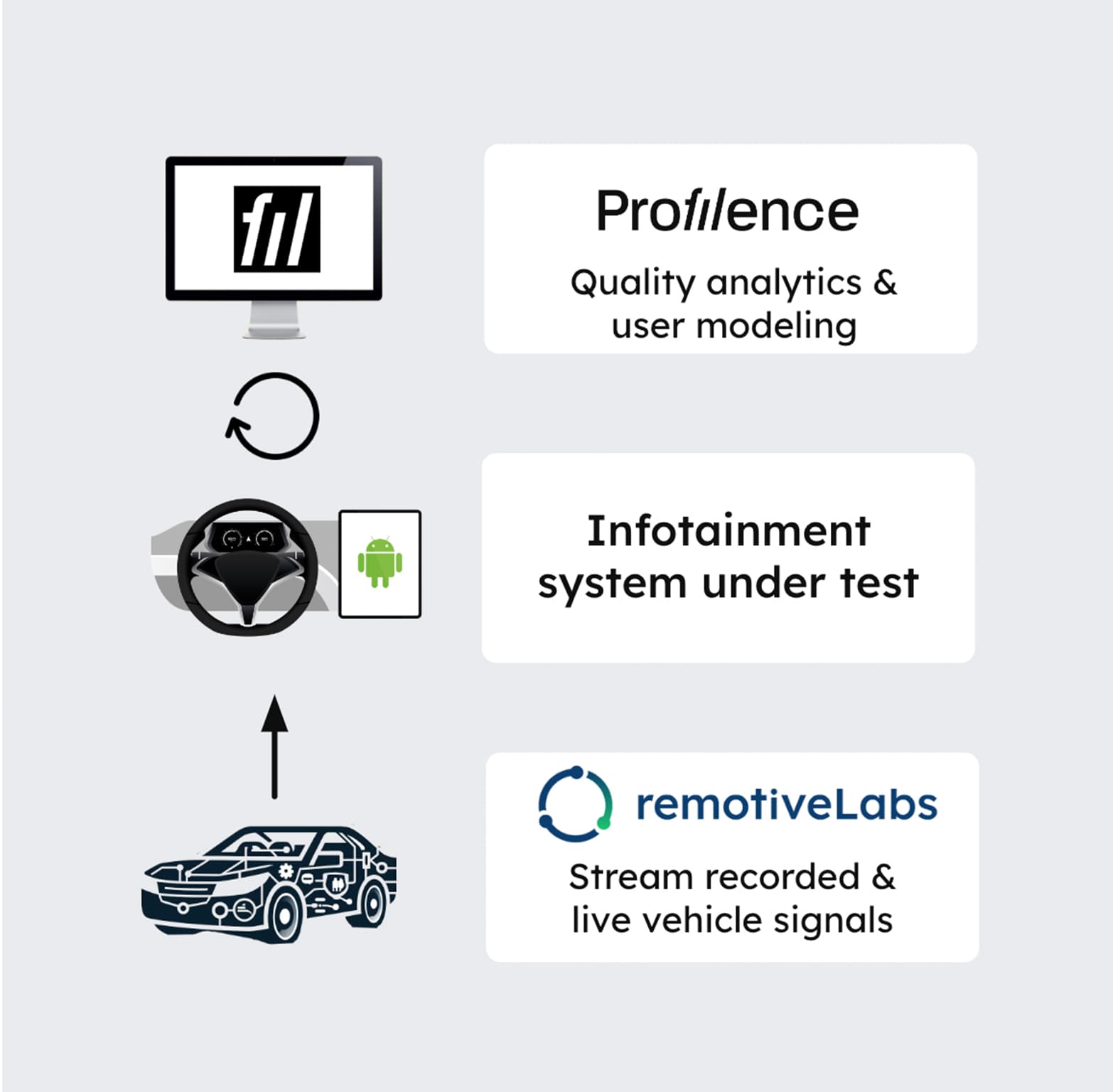
Blog posts related to AAOS / AOSP
Join the automotive rebels that #getstuffdone with RemotiveLabs!


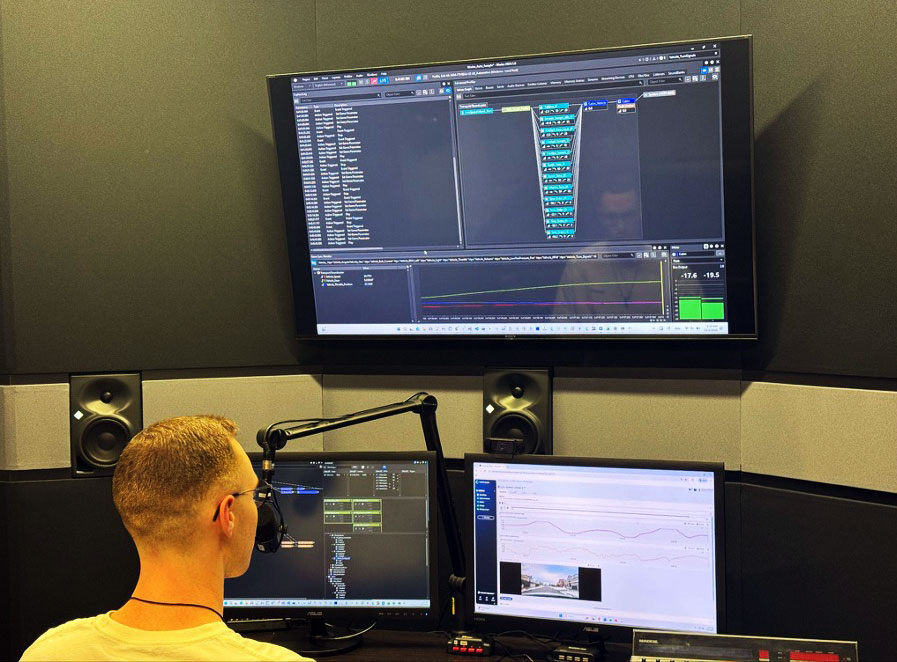
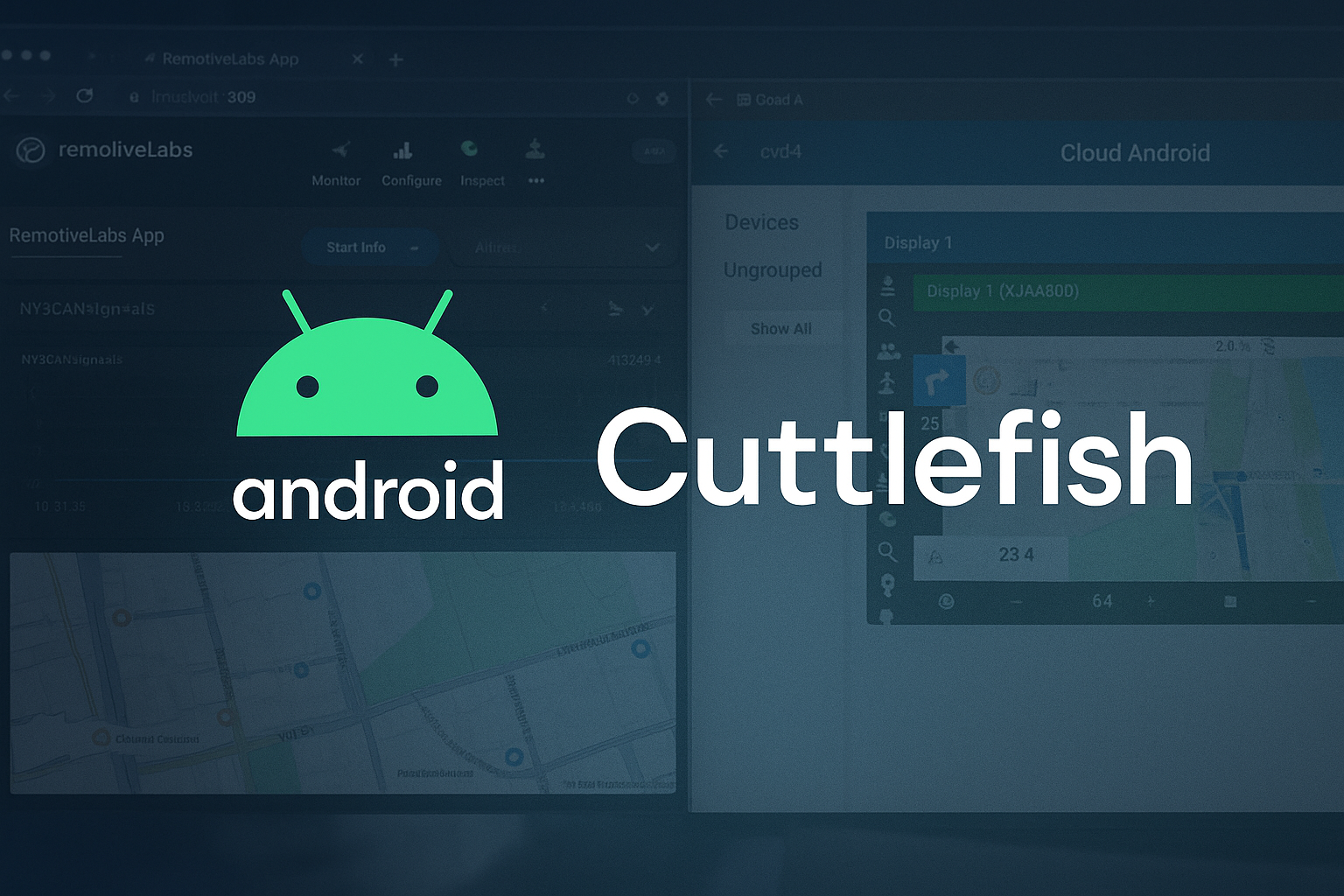
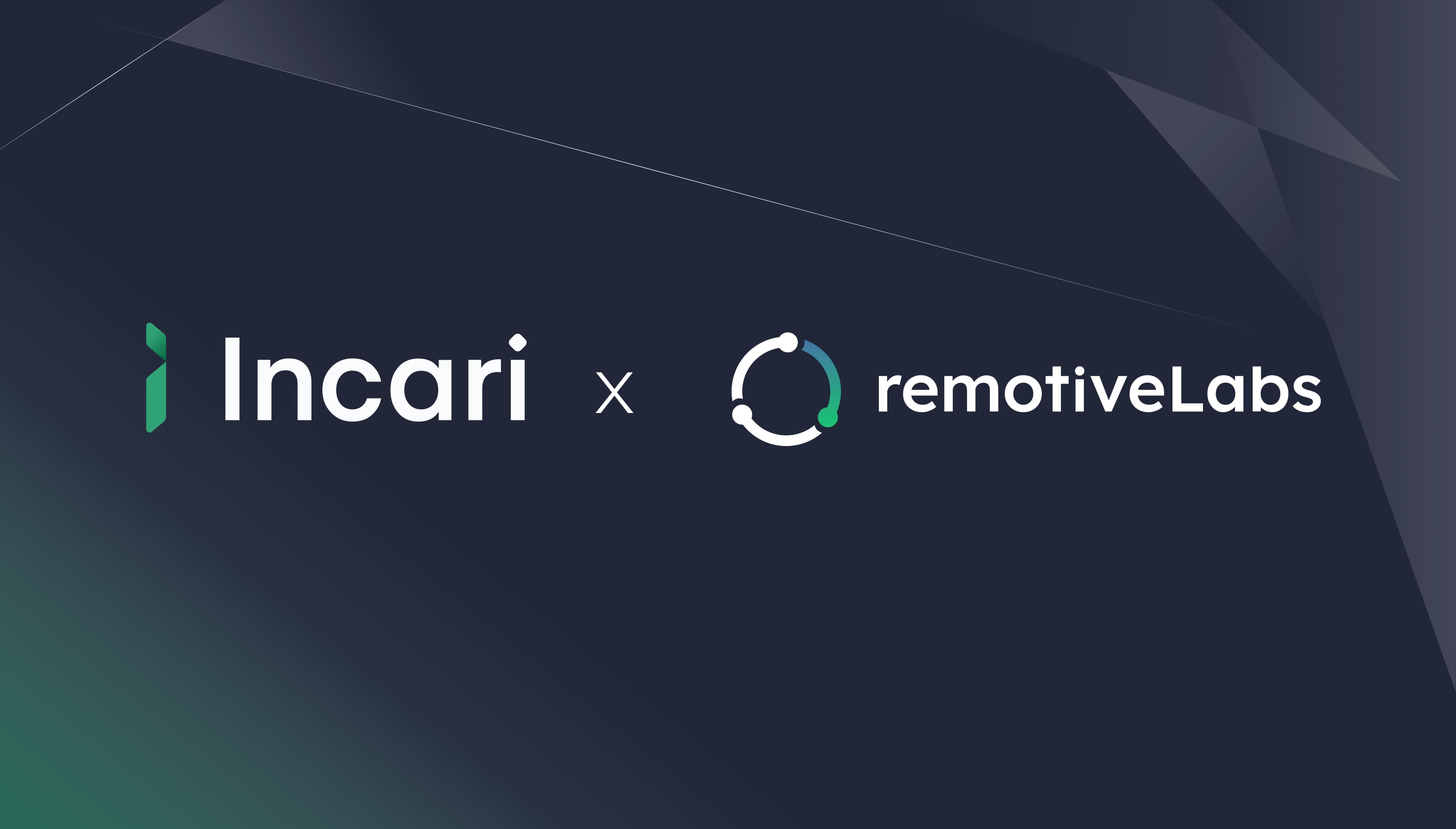
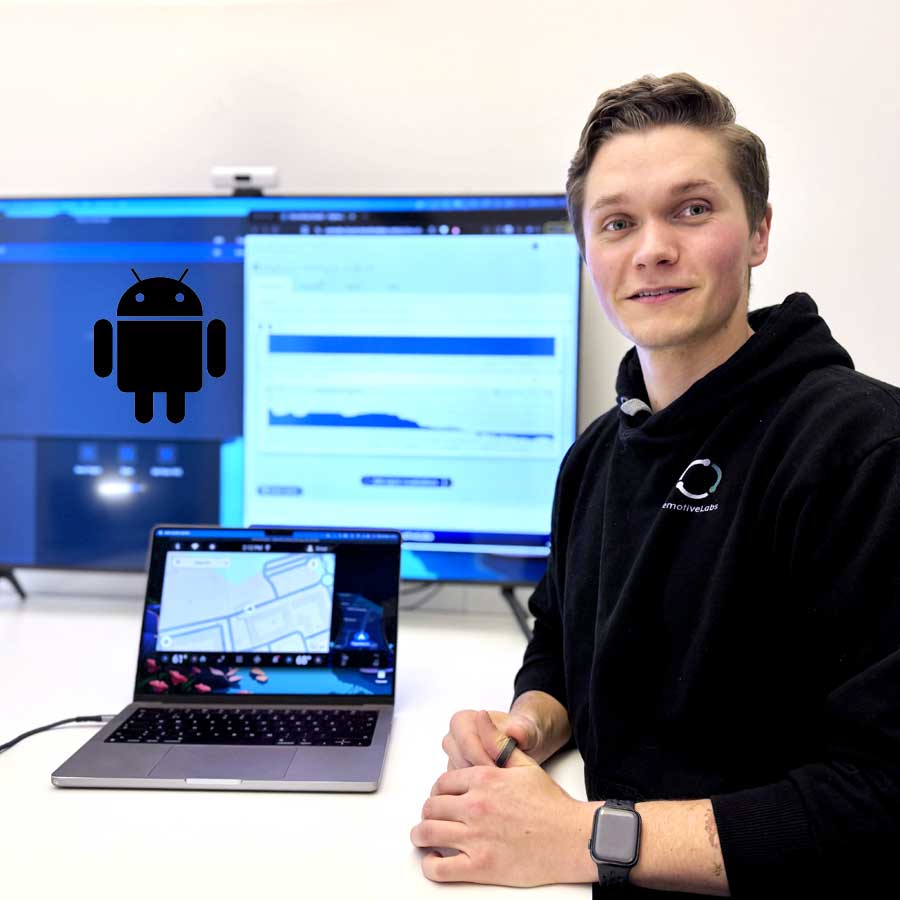

.jpg)
